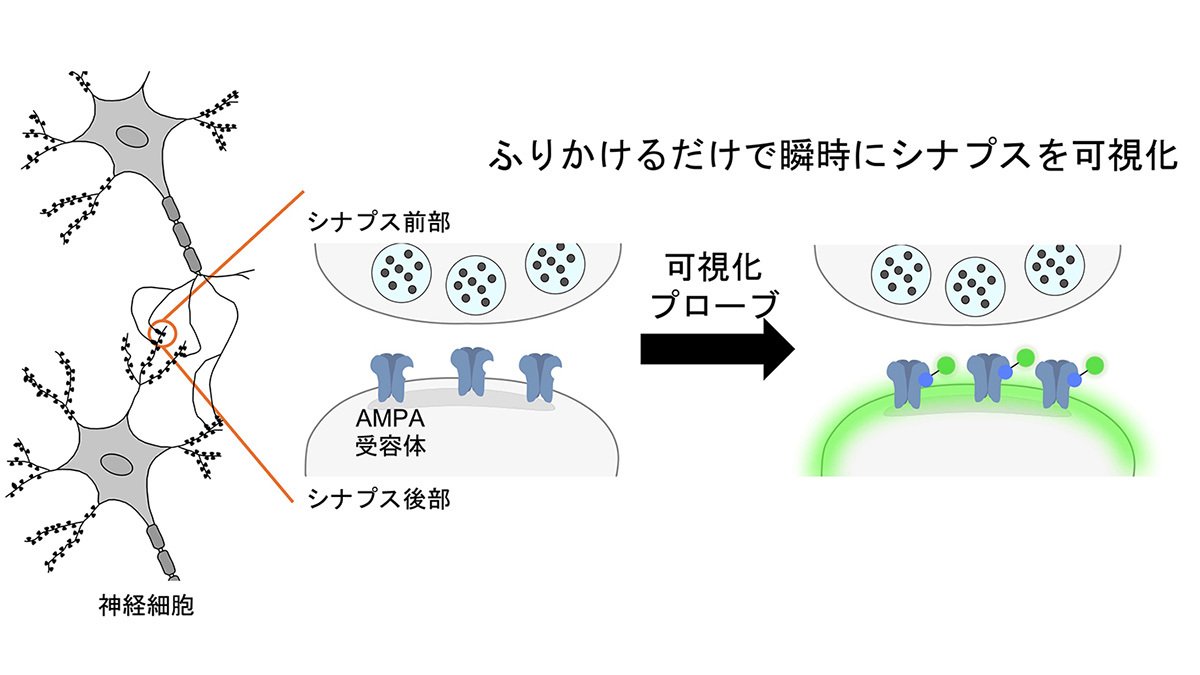2025-06-09 国立遺伝学研究所

図:異なる条件下で培養したガルデリアの培養液の色(左)と細胞の顕微鏡写真(右)。培地に糖(glucose)を加えると、明暗条件にかかわらず細胞は光合成色素を失い白色化する。逆に糖を除くと細胞は緑色へと変化する。論文の図1A, Bより引用・改変。
<関連情報>
- https://www.nig.ac.jp/nig/ja/2025/06/research-highlights_ja/rh20250607.html
- https://www.nature.com/articles/s42003-025-08284-5
単細胞紅藻ガルディエリア・パルティータの栄養遷移における光合成と細胞リモデリングのコスト Costs of photosynthesis and cellular remodeling in trophic transitions of the unicellular red alga Galdieria partita
Shota Yamashita,Shunsuke Hirooka,Takayuki Fujiwara,Baifeng Zhou,Fumi Yagisawa,Kei Tamashiro,Hiroki Murakami,Koichiro Awai & Shin-ya Miyagishima
Communications Biology Published:07 June 2025
DOI:https://doi.org/10.1038/s42003-025-08284-5
Abstract
As in plastid differentiation in land plants, some unicellular algae reversibly remodel photosynthetic plastids into a colorless heterotrophic state (bleaching) in the presence of organic carbon sources. To understand these mechanisms and their significance, we performed comparative omics analyses on the photoautotrophic and heterotrophic states and their transitions in the genetically tractable red alga Galdieria partita. Photoautotrophic cells require 1.5, 1.3 and 1.7 times more nitrogen, protein, and fatty acids than heterotrophic cells. In the photoautotrophic cells, plastid- and nucleus-encoded proteins for photosynthesis are highly synthesized, while in the heterotrophic state, cytoplasmic and mitochondrial proteins are more abundant, enabling 1.6 times faster growth. Changes in non-plastid metabolic enzymes are limited, with some upregulated in the photoautotrophic state to support fatty acid and glycolipid synthesis in the plastid for thylakoid membranes. In contrast, solute transporters show broader changes. Bleaching occurs upon adding certain sugars or sugar alcohols, regardless of light, not by active digestion of photosynthetic machinery, but by dilution due to suppressed synthesis at the transcriptional level and faster cell growth. Thus, when assimilable organic carbon is available, the cells repress the synthesis of proteins, lipids, and pigments for photosynthesis, reallocating resources to promote faster growth.

